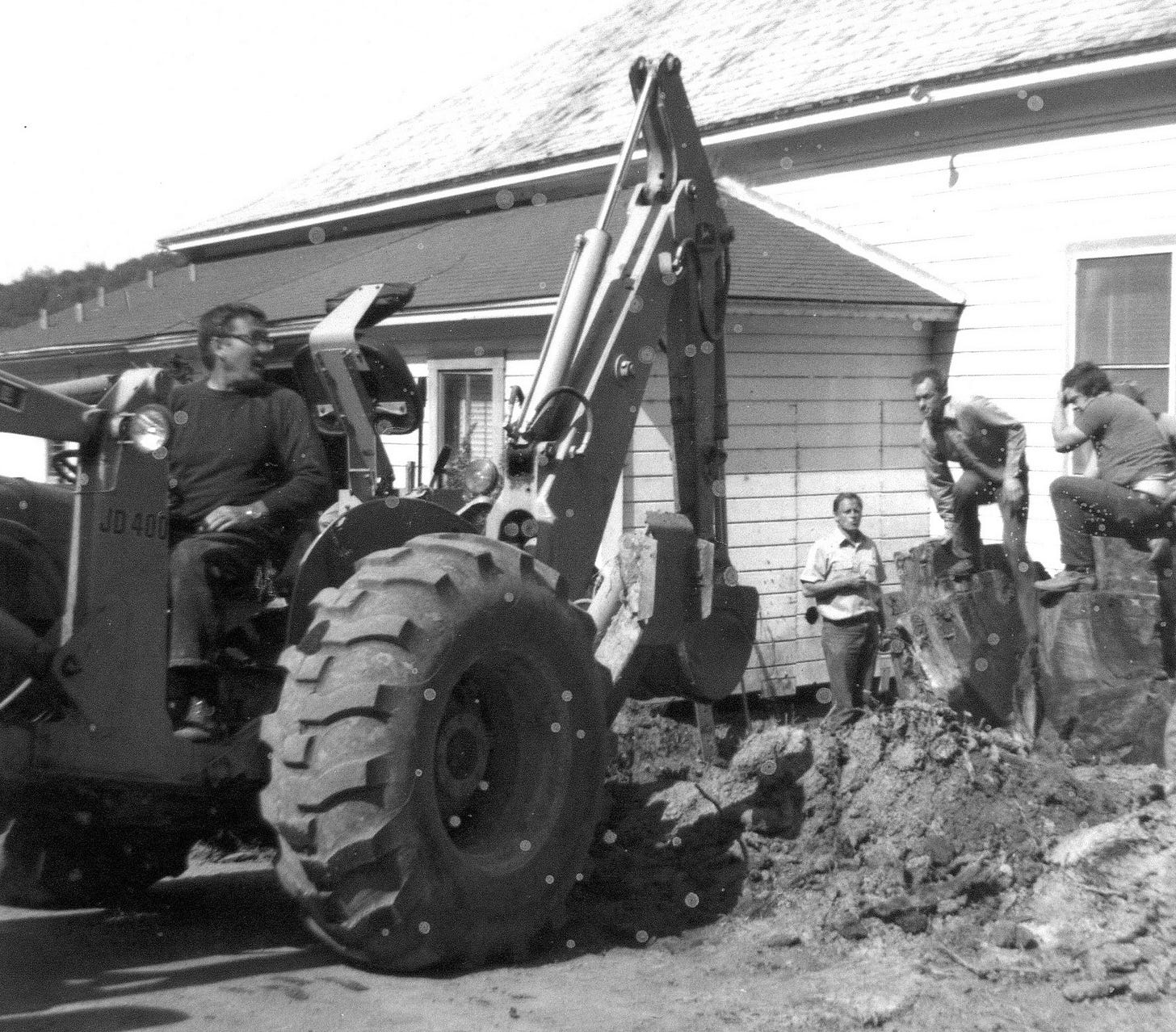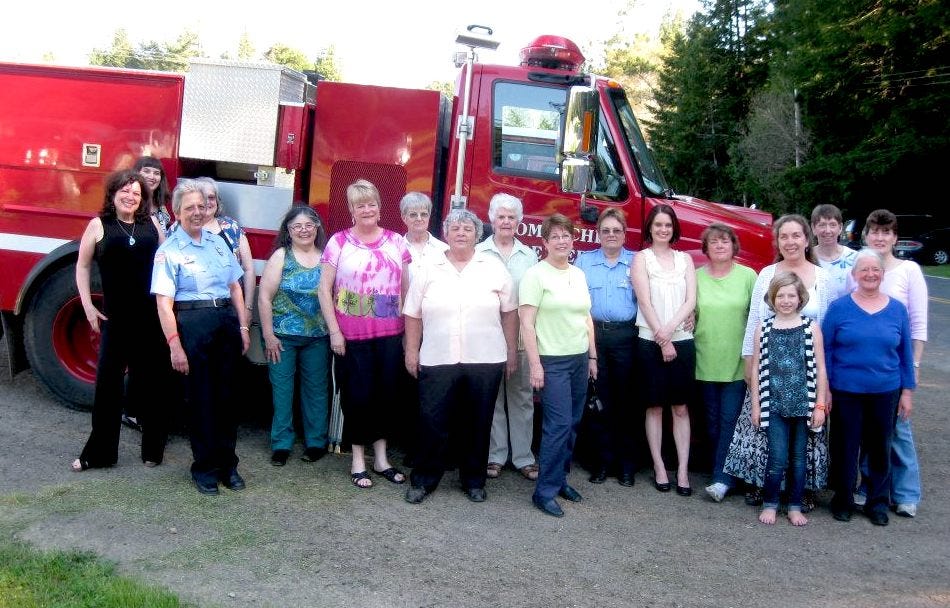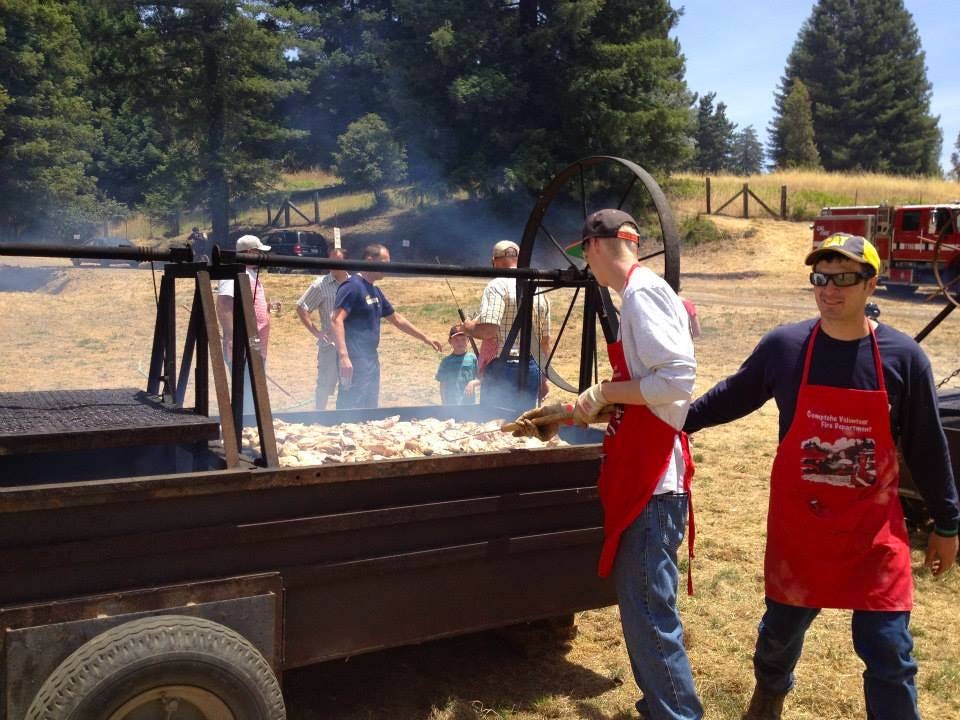
The hippie critique obscures the positive social transformation that the counterculture inspired. The motivation for the research I’ve done was driven in part by a desire to recognize these contributions, to understand why the movement happened, and consider what we can learn from this social movement driven by young people.
As detailed in earlier posts, communes were the shortest-lived branch of the movement. Urban-based hippies generally continued in their communities and chose work that aligned with their values. Back-to-the-landers are the group from this era who continue the simple life they began as neo-homesteaders. The back-to-the-landers have not called attention to their success, reflecting their values of privacy and living simply.
Back-to-the-land homesteading prevailed in part because they learned best practices and country living strategies from old-timers, and blended these with innovations and emerging innovations—such as biodynamic gardening. Back-to-the-landers learned from the old timers, who in turn learned from them new ways of looking at values and organizing as a community.

Seeds of change planted in the 1960s by the Civil Rights movement brought grassroots change during the 1970s. New and revived practices that worked well in the movement yielded waves of change through the next few decades. What worked can be seen in the social acceptance of counterculture ideals: protecting the environment, organic whole foods, recycling, hair freedom, artistic expression, and juicy slang like good vibrations, groovy, bummer, and dig it.

System change from the ground up is advocated by the social scientists referenced for this study. Grassroots is the level of society where people live. This kind of change happens community by community, both urban and rural.
Comptche is a case study for how local change happens and how the desired changes can be sustained. The strategies for community-building used by the citizens of Comptche in the mid-1970s appear as a blueprint in light of the strategies identified by Theobald in 1997. The three essential criteria for community change he defined are:
Effective participatory decision-making
Respect for nature and ecological systems
Development and maintenance of social cohesion.
These three criteria explain how conflict was resolved and how peace is maintained in Comptche.
Community issues around land use, children, and fire brought newcomers and old-timers together into dynamic participatory decision-making.
The decision-making process helped people find common ground in terms of values, while at the same time fortified their physical common ground, represented by the volunteer fire department. This created social cohesion.
The ongoing activity in support of their common interests maintains social cohesion and provides ways for new people to engage.
Living among the redwoods is evidence of their respect for nature. This respect is also expressed by the community’s commitment to protecting regional lands from wildfire and over-development.
Their values are enshrined in the town’s general plan, written in 1978 by the Citizens Advisory Committee.

Common ground is often confused with compromise, Theobald cautioned. Compromise is choosing solutions based in current thinking. He advocated using common ground strategies which gets people with conflicting ideas to think together and learn to define a problem in different terms. Using common ground strategies, everyone wins.
In Comptche, old-timers were once biased against higher education, reasoning they didn’t need a college degree to work in the woods. The back-to-the-landers, who came with education, were able to share their intellectual resources which the old-timers have come to appreciate. As a back-to-the-lander declared to an old-timer during a conflict: “We’re all in this together. We’re going to figure out how to live together. Starting today.”
Regular community gatherings provide community members with experiences of oneness, also called communitas. These events are valued by community members because they balance socializing with the relative isolation of rural life. At the heart of all Comptche community gatherings are the keys to resolving conflict: finding common ground and nurturing local relationships.

This research project found how peace was established after a period of conflict between immigrants and established long-term residents. While it’s an imperfect place with those interpersonal differences typical of any small town, Comptche thrives because people are good neighbors who care about each other and the land. And they know how to have a good time.

This concludes this study about Comptche and the changes brought by the Counterculture. From here, I’ll continue posting on topics related to events and issues from this time period, and research about simple living in other cultural contexts.
Resources for this post:
Jacob, Jeffrey, 1997. New Pioneers: The Back-to-the-Land Movement and the Search for a Sustainable Future.
Spicer, Lisa Gruwell, 2012, c2024. Finding Common Ground: When the Hippie Counterculture Immigrated to a Rural Redwood Community
Sumner, Jennifer, 2005. Sustainability and the Civil Commons: Rural Communities in the Age of Globalization.
Theobald, Robert, 1997. Reworking Success: new communities at the new millennium.




